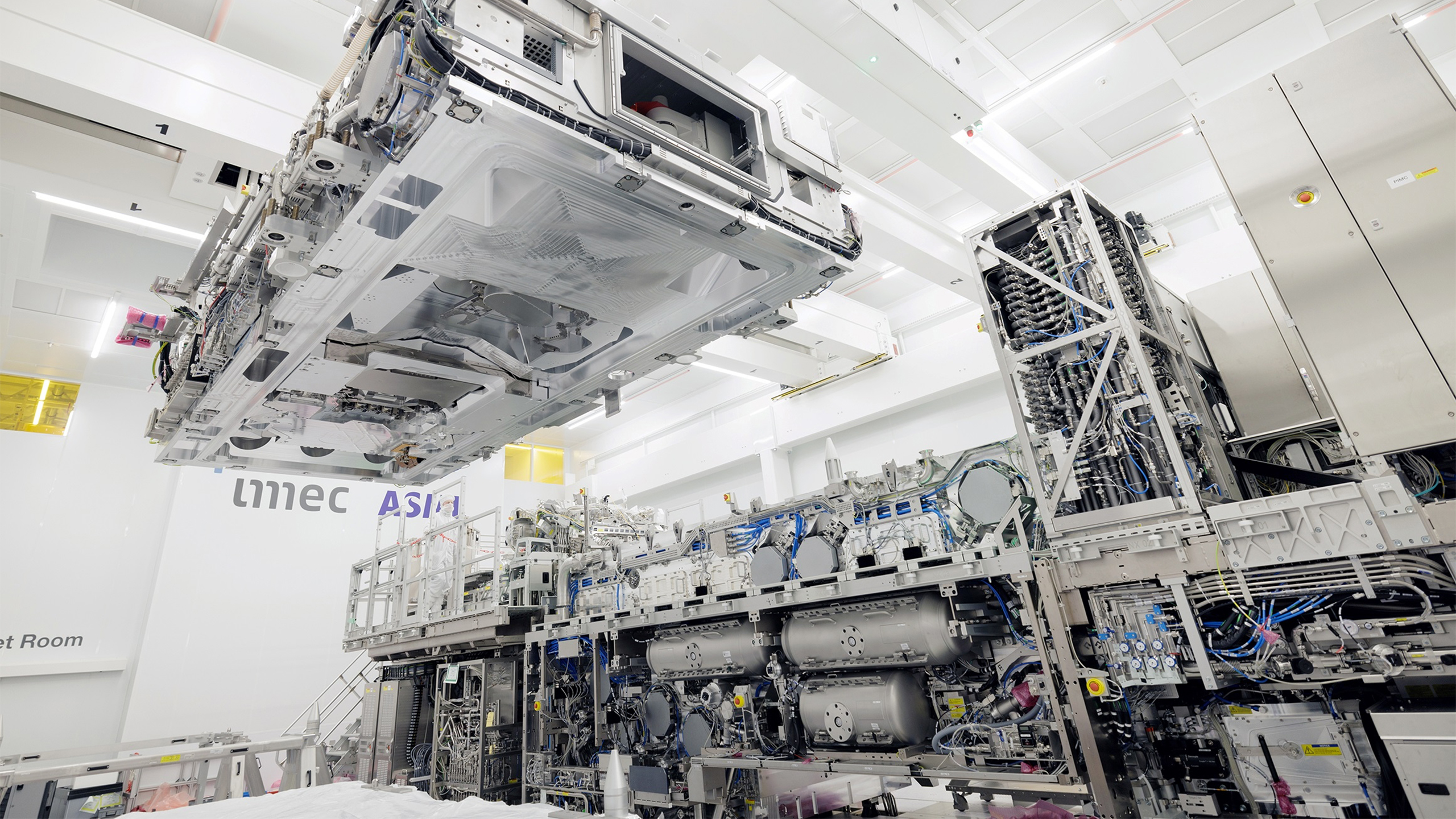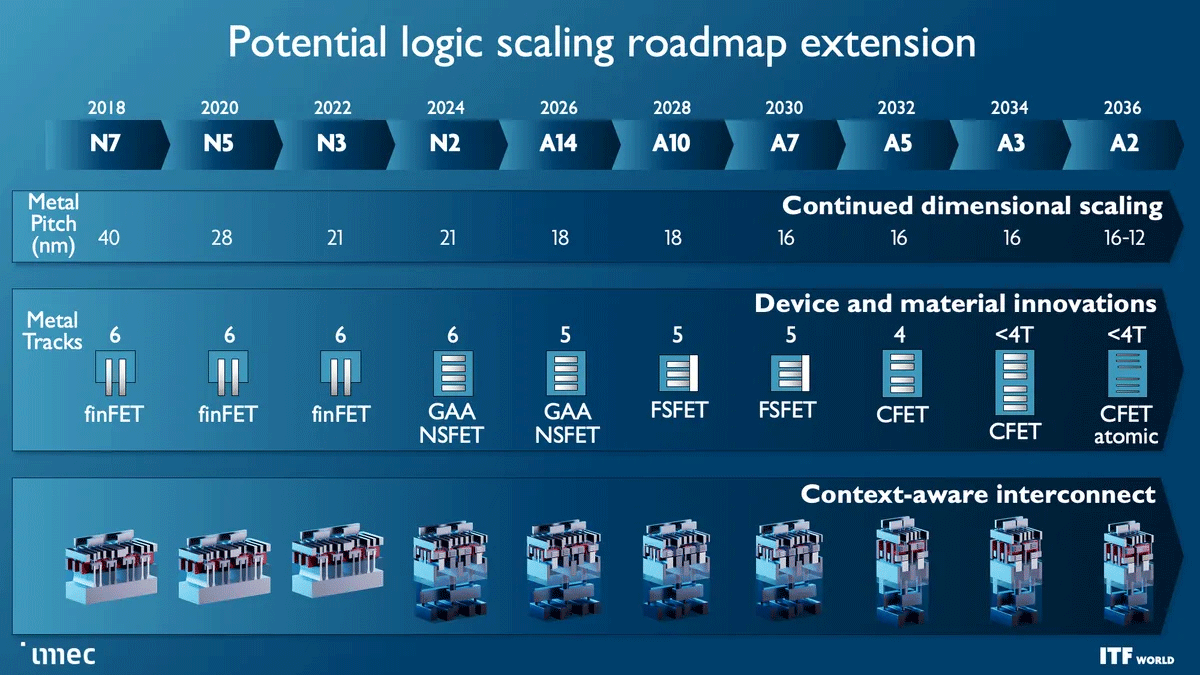ASML teams up with Imec for sub-2nm process technologies with High-NA EUV chipmaking tools

ASML and Imec this week established a five-year partnership designed to enable Imec's researchers and developers access to ASML's latest tools. The move is focused on sub-2nm process technologies that will require ASML's latest lithography (including High-NA), metrology, and inspection tools. Imec will ensure that engineers from academia and various companies have the latest equipment for their research, whereas ASML will ensure that its tools are incorporated into leading-edge process technologies.
Under the partnership, Imec will gain access to ASML's comprehensive range of advanced wafer fabricating equipment (WFE), including range-topping Twinscan NXT (DUV), Twinscan NXE (Low-NA EUV tools with a 0.33 numerical aperture optics), and Twinscan EXE (High-NA EUV tools with a 0.55 numerical aperture optics) lithography systems. Additionally, imec will incorporate ASML's YieldStar optical metrology solutions and HMI’s single- and multi-beam inspection tools into its facilities.
These tools will be installed in Imec's pilot line in Belgium and incorporated in the EU- and Flemish-funded NanoIC pilot line.
The latest-generation of equipment from ASML will be used to develop next-generation semiconductor production technologies, particularly sub-2nm fabrication technologies. It is believed that for efficient manufacturing at fabrication nodes below 2nm, lithography tools must support an 8nm resolution with a single exposure, something that only High-NA EUV tools can achieve. However, each High-NA EUV system costs $350 million, which makes it impossible for new players or researchers to obtain one.
ASML and Imec researchers previously worked with High-NA (0.55 NA EUV) tools primarily at ASML’s dedicated research facilities in Veldhoven, Netherlands. ASML installed these first-generation High-NA EUV machines at its own sites for initial tests, evaluations, and collaborative research with Imec and other partners.
Now, under the new agreement, Imec will have direct, on-site access to High-NA equipment within its own research lines in Leuven, Belgium, specifically in its state-of-the-art pilot facility and the EU- and Flemish-funded NanoIC pilot line. This marks the first time Imec researchers can use the High-NA EUV technology directly at their own facility, which will speed up their work.
Providing Imec with access to the High-NA EUV technology was included in the Next Gen-7A project (IPCEI22201) and financed by the Dutch government as an Important Project of Common European Interest (IPCEI).
Get Tom's Hardware's best news and in-depth reviews, straight to your inbox.
"We are excited to continue our longstanding unique partnership with ASML, offering the industry access to the most advanced patterning solutions for over 30 years," states Luc Van den hove, President and CEO at Imec.
"The inclusion of ASML’s full product portfolio will allow us to expand and further mature the capabilities of our pilot line, providing the entire semiconductor ecosystem with the most advanced R&D to tackle the challenges of AI-driven technological advancements. Since Imec has a strong focus on sustainable innovation, having this explicitly included in our partnership is a great addition."
In addition to working collaboratively on next-generation sub-2nm nodes for logic chips, ASML and Imec plan to collaborate on DRAM process technologies, silicon photonics, and advanced packaging solutions.

Anton Shilov is a contributing writer at Tom’s Hardware. Over the past couple of decades, he has covered everything from CPUs and GPUs to supercomputers and from modern process technologies and latest fab tools to high-tech industry trends.
